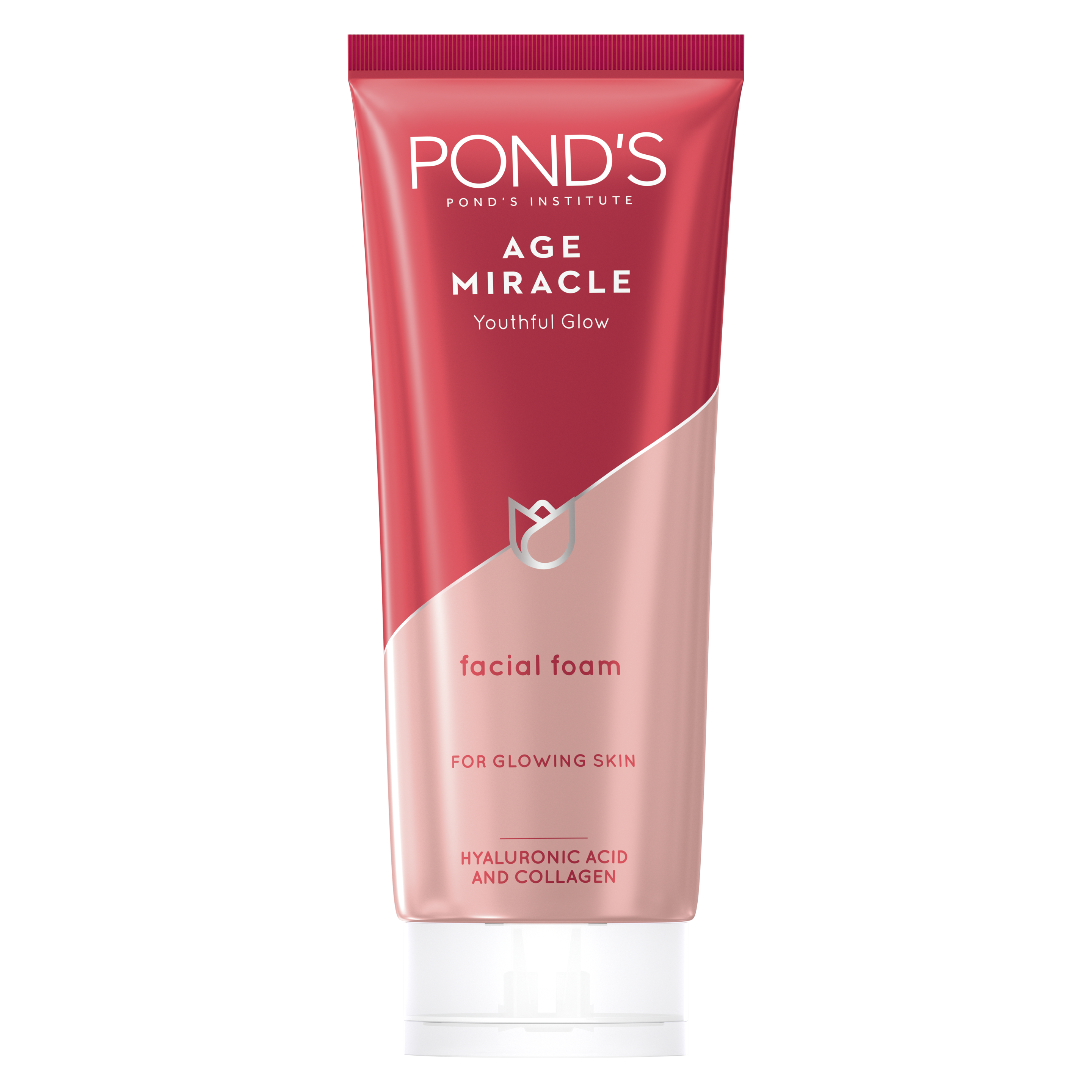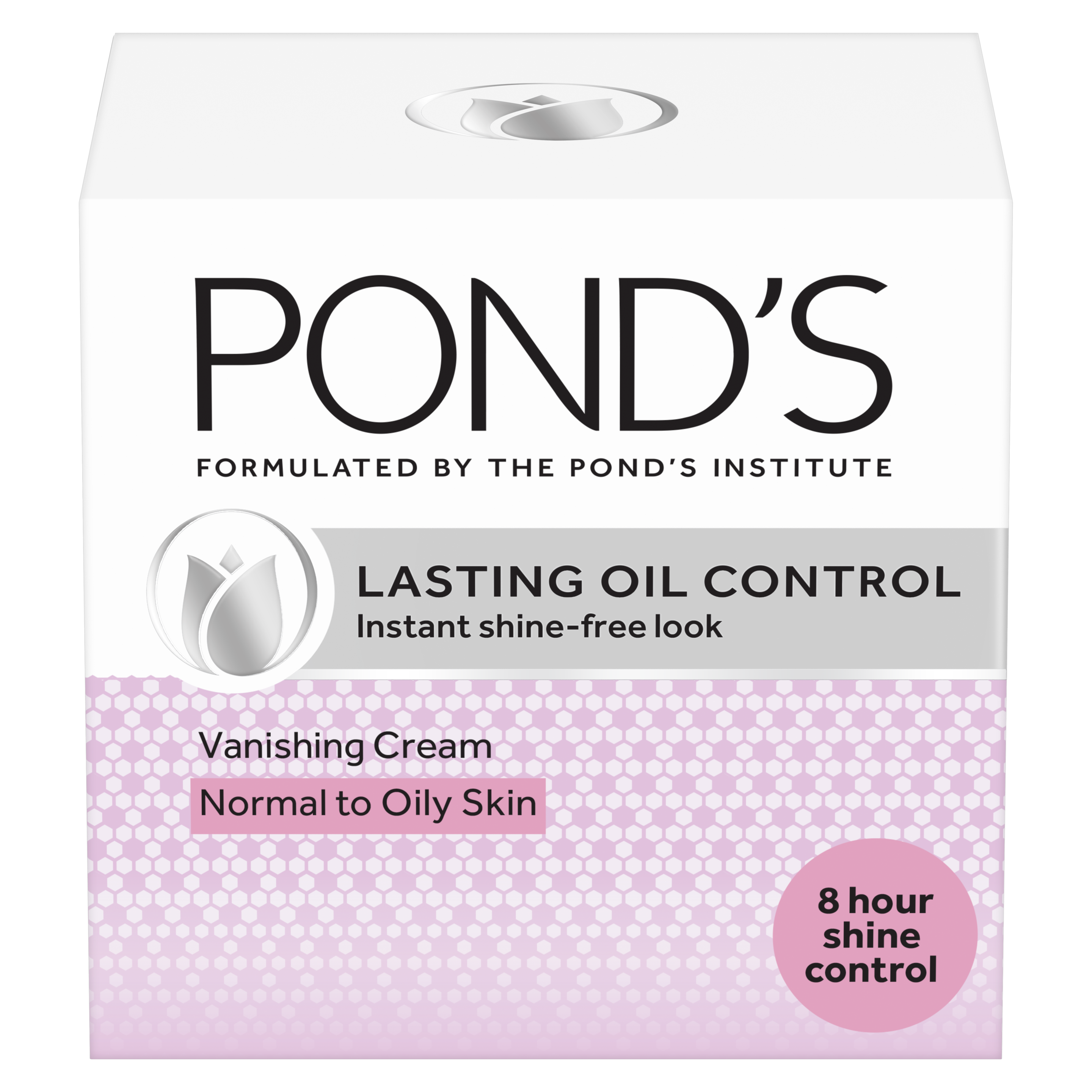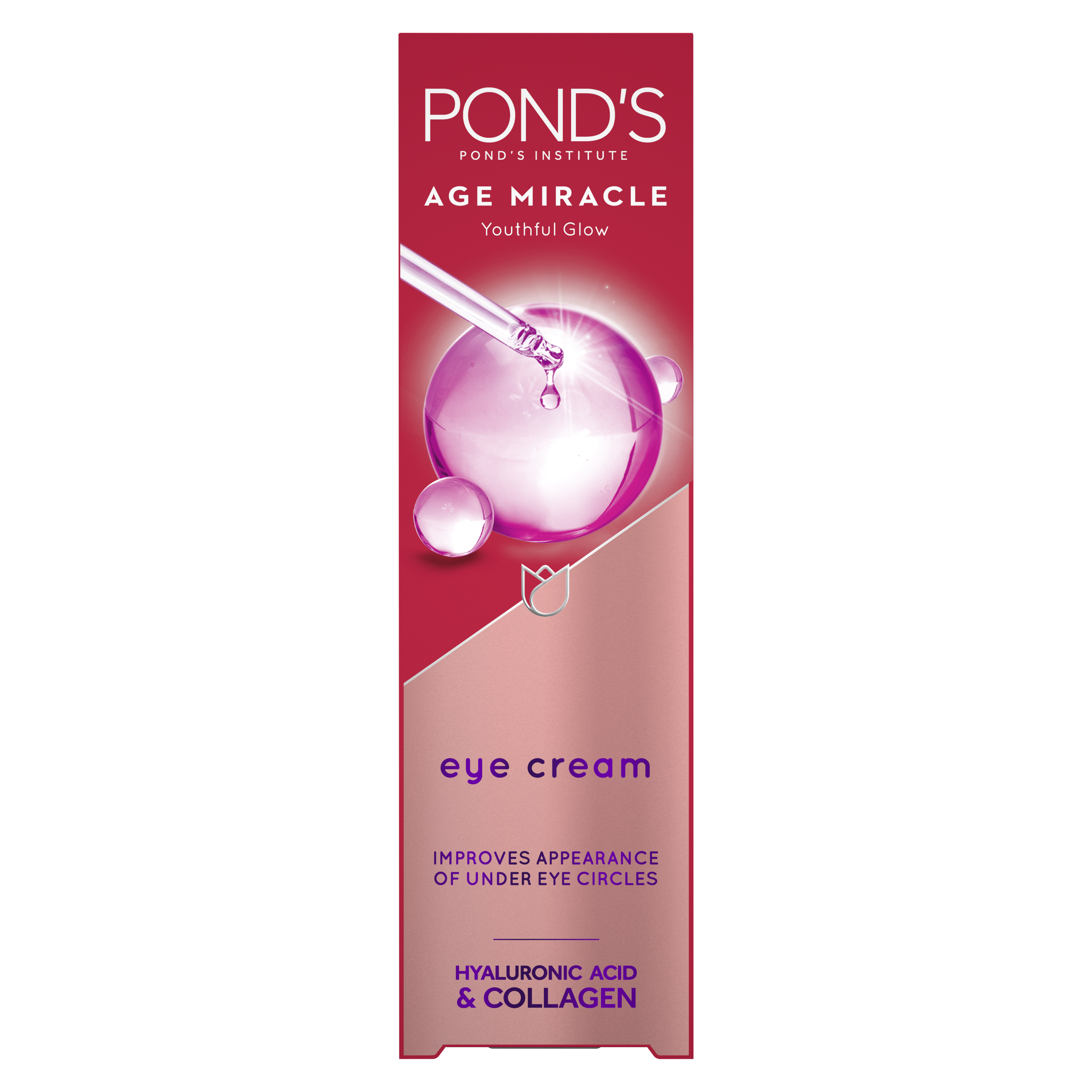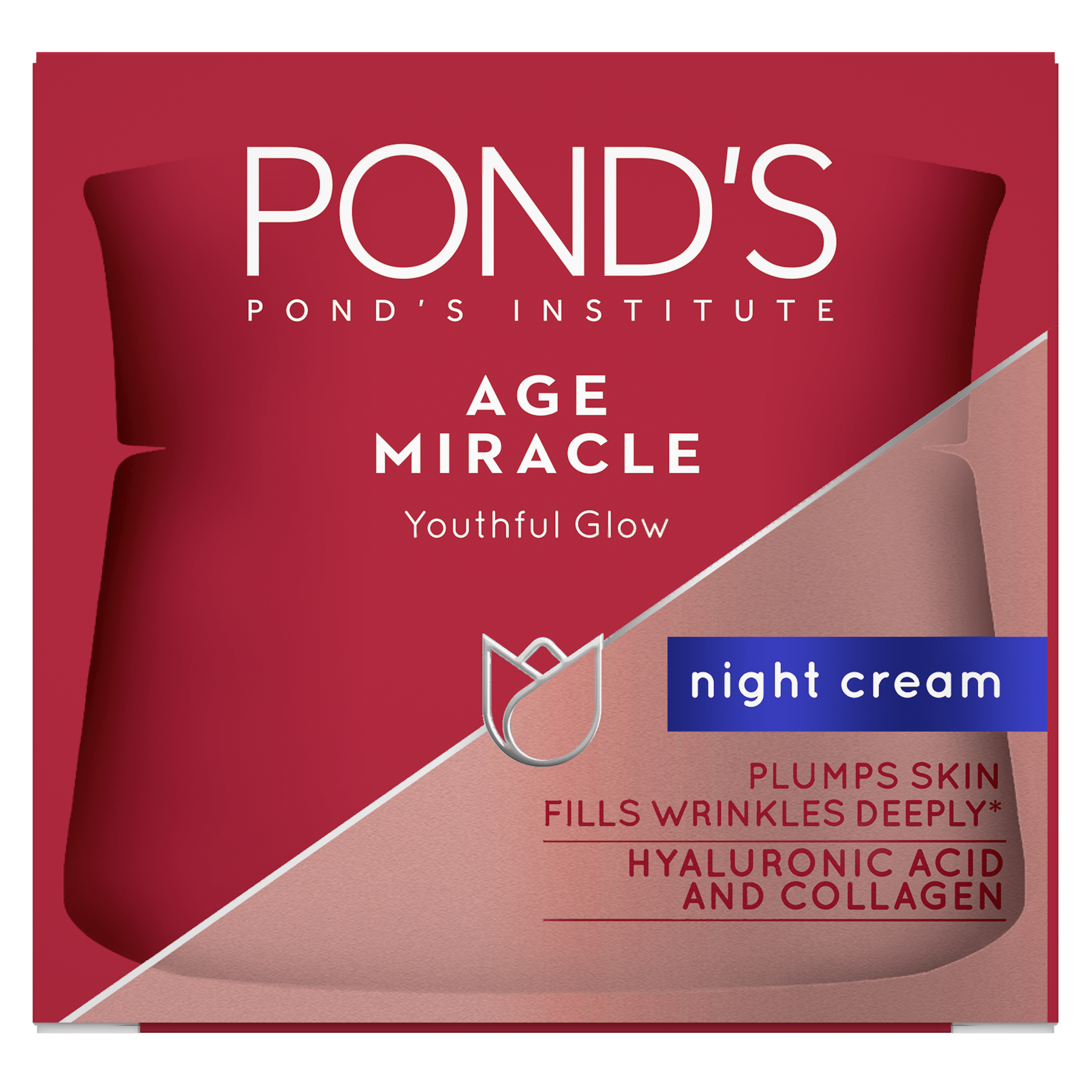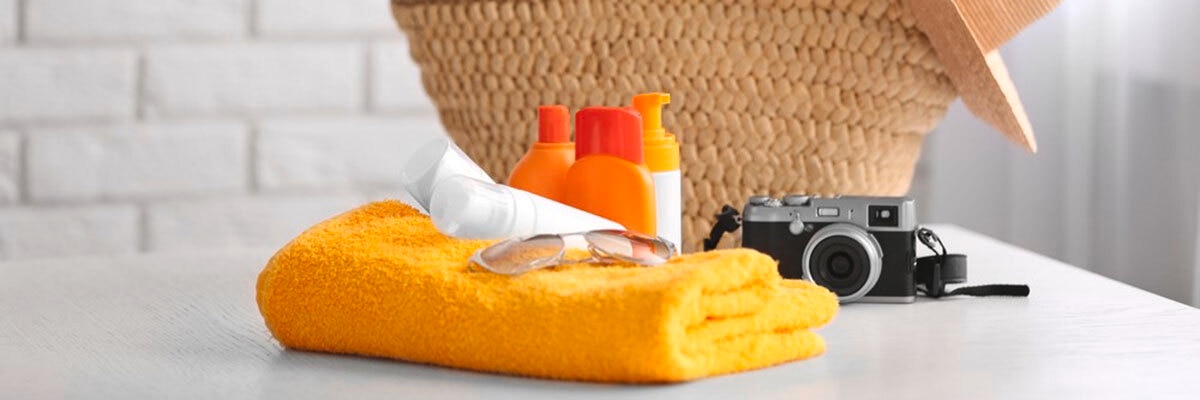Why Do You Get Saggy Skin As You Age?
In Ageing
- Ageing skin is much like a swimsuit which has lost its stretch.
- Connective fibres (collagen and elastin) are responsible for keeping skin elastic and wrinkle-free.
- The dermis support structure begins to collapse, forming wrinkles in skin.
- Fewer lipids produced leads to thinner and weaker skin barrier.
- Less oil produced leads to dry patchy areas on our skin.
We’ve been taught that age gives us wrinkles. But what really happens inside ageing skin? Imagine your favourite swimming costume falling into the black hole of your wardrobe. Years later, when you find it again, it’s thin, shapeless and sags at all the wrong places. Just like the Lycra fibres in your old swimming costume, the snap-and-go firmness of your skin fibres is gone.
Why is this so?
Less collagen and elastin
Collagen and elastin produced by fibroblasts are the main connective fibres that keep skin elastic and wrinkle-free. This is all well and good when we were younger— youthful skin has a good amount of collagen— but as we age, regeneration of our natural collagen slows down. Our remaining collagen stiffens up in a process called glycation, causing our skin to lose its ability to snap back into place.
The little collagen that is produced now has shorter fibres, causing fibroblasts to become disorganized. This then causes the dermis support structure (protein and elastin) inside to collapse. Slowly, our skin loses its ability to spring back into shape. This manifests in the form of wrinkles and sagging skin outside.
Fewer lipids
Lipids make up the skin’s moisture barrier. So with reduced lipid production as we age, the skin barrier becomes thinner and weaker. Because of this thinner skin barrier, the epidermis retains less moisture and becomes more prone to dryness, itch and irritation.
Less oil produced
Having our skin produces less oil might not sound like such a bad thing. (Finally, no more oily skin problems!) But the payoff is that, with less oil production inside the layers of skin, the outside surface of the skin can get so dry you’ll start noticing dry patches on your skin. This is when our anti-ageing skin care regime becomes even more important. It’s more than just keeping our skin looking and feeling smooth on the outside, it’s about keeping it healthy inside.


